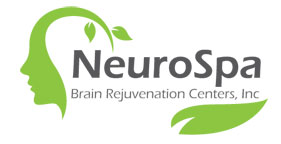
Dementia is a debilitating condition that can affect many people over the age of 65. Symptoms include forgetfulness, personality change, and a loss of emotional control. Dementia has no cure, but several treatments and therapies have been developed to help control the symptoms. Medication is usually the first option, but other treatments are in development or already in use to alleviate symptoms. For example, transcranial magnetic stimulation (TMS) treatment for dementia has shown some promise. Here’s a breakdown of treating dementia with TMS and what you need to know.
What Is TMS?
Let’s start with a simplified explanation of what TMS is and how it works. When you receive TMS treatment, a professional will gently attach a device with an electromagnetic coil inside to your head. TMS is a noninvasive procedure; it involves no surgery or penetration of the skull. When activated, the coil delivers bursts of magnetic energy to specific parts of the brain. This stimulates malfunctioning nerve cells in hopes of reactivating them. There is no pain nor electric shocks during the process, and it takes no more than 30 minutes, though the process may need to be repeated over several weeks.
Does It Work?
TMS is not a cure for dementia, but it can be beneficial; here’s what you need to know about treating dementia with TMS. TMS has already received approval from the FDA to treat other conditions such as obsessive-compulsive disorder (OCD) and depression, and it’s on track to gain approval for dementia treatment. One article in Scientific American indicates that several test subjects who used TMS therapy to address mild impairment showed improvement. Research continues, but the prospects for TMS therapy for dementia patients appear positive.
Are There Any Side Effects?
As with any treatment, there’s a possibility of side effects, but these are rare with TMS. Most patients report no side effects at all, but the few that did claimed they experienced mild headaches, itchiness, tingling, slight spasms, minor discomfort at the treatment sites, and a slight feeling of lightheadedness. These side effects can be minimized by reducing the level of stimulation received by the patient. Over-the-counter painkillers can also help.
While testing continues, TMS promises a bright future for those with dementia and a better sense of memory and self-esteem!

